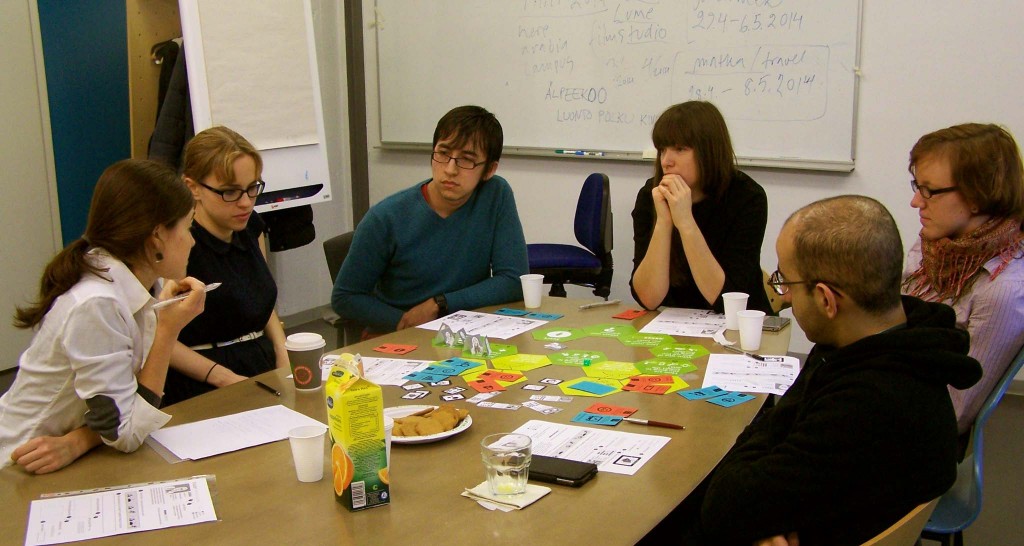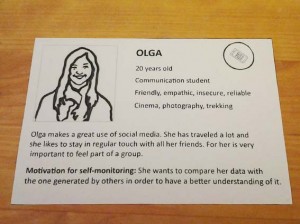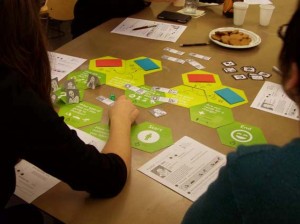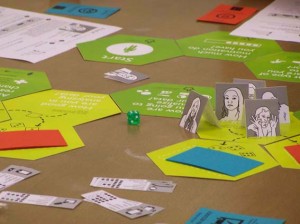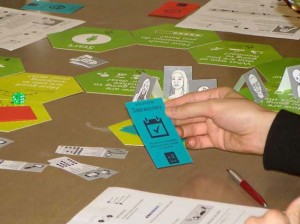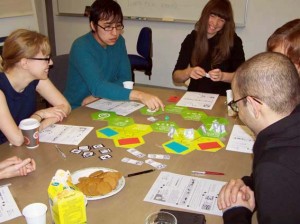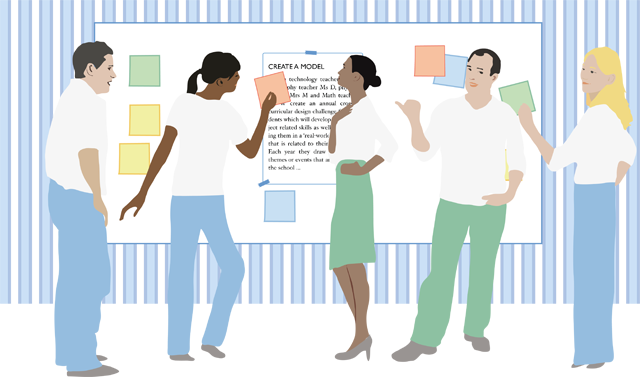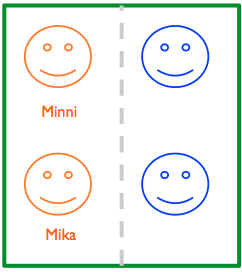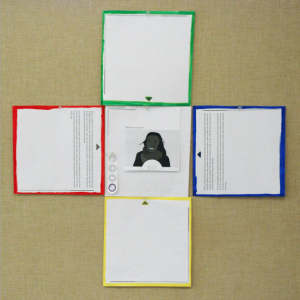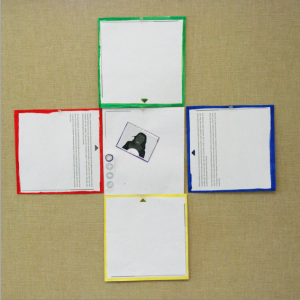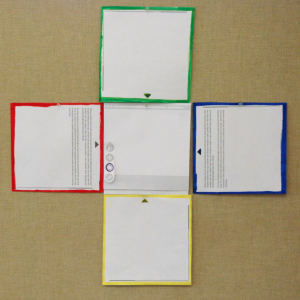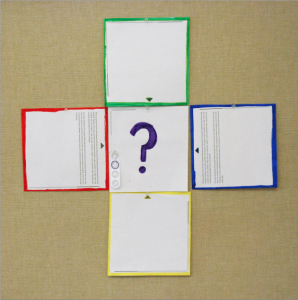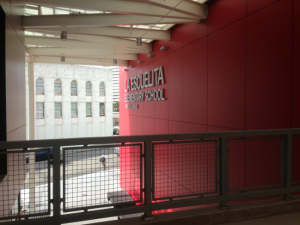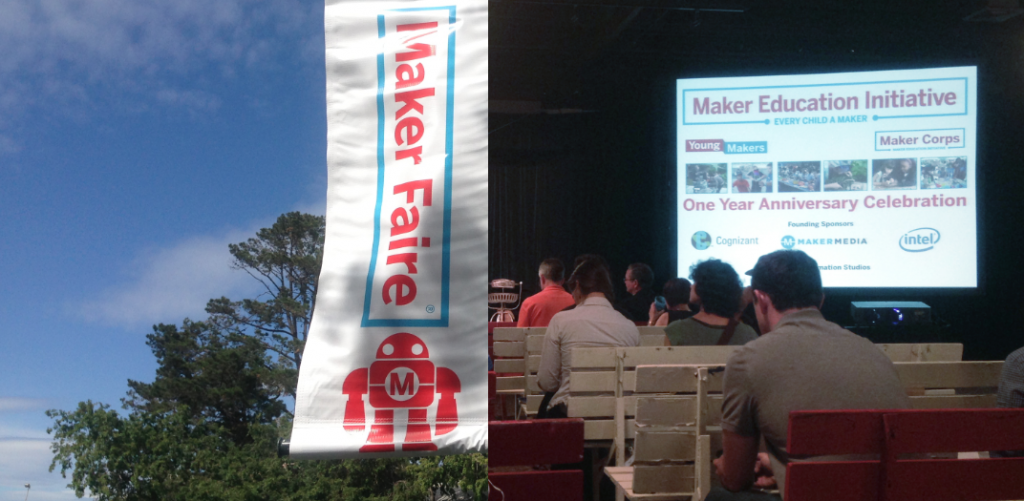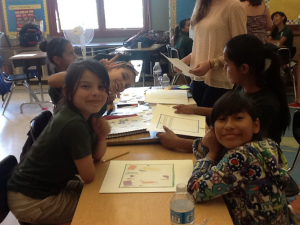Greetings from Berkeley Education Research Day, one day event exploring education research and practice around education. The US education sector is highly different from Finnish context, so not all topics were that relevant for me. But, I was able to participate in a set of super-interesting presentations anyway, and here are my selected highlights:
Power relations in educational settings
As an old political scientist, I’m always intrigued when someone speaks of power. Dr. Donnelly observed how power is seen in a virtual environment with an open inquiry approach. Open inquiry is a student centric learning method, where the idea is to investigate a topic in rather free-form settings. And what he observes is that the idea of open inquiry is harmed (but also supported) due to use of surveillance, normalization, and too much discourse. He suggests that one of the main issues here is the fact that school settings are not that flexible: there is limited time to complete the task, and not that much tolerance on doing things differently. His slides are online, including set of references.
Technology demos
It seems that the US has a new curriculum in development, called Common Core. Bunch of my School of Information mates were developing a teaching material sharing site for teachers. It’s interesting to see if the new curriculum development would create enough pull for this kind of site to function.
There was also a group of people playing with multimodal interaction for learning. Their idea is that students by moving their hands can demonstrate partitions and maybe learn these the other way. They key take away message or reminder from this is that different interaction can be used to enhance the education – not just the keyboard and mouse. And we live in sensor rich world: depth cameras (Kinect), accelerometer (mobile devices), compass (mobile devices) and stuff like that are just waiting to be used.
How to get policy out from research
It wasn’t all academics: we had practitioners to discuss about changing the school culture and getting research to policies. The former topic covered many issues in organizational change, mindset change is not trivial and you need to support people for that. The latter was a lit of the common pitfalls in social sciences: echo chamber effect, confirmation bias and tactical use of research. Not that many tools to fight against that.
Evaluation
The last highlight I want to make is the focus on evaluation of new educational approaches. It seems that proportions are thought here using the number line and asking students to think on that. There’s an alternative way which – arguably – helps students to learn more of this stuff – the best described for me as fraction pies (in Finnish: murtolukupiirakka), however not exactly that. They had a good sample, and evaluations before, during, after and way after being thought using the new approach. They explored differences between schools too, it seemed that the new approach worked better for some schools but not all of them. Cool stuff to present.

